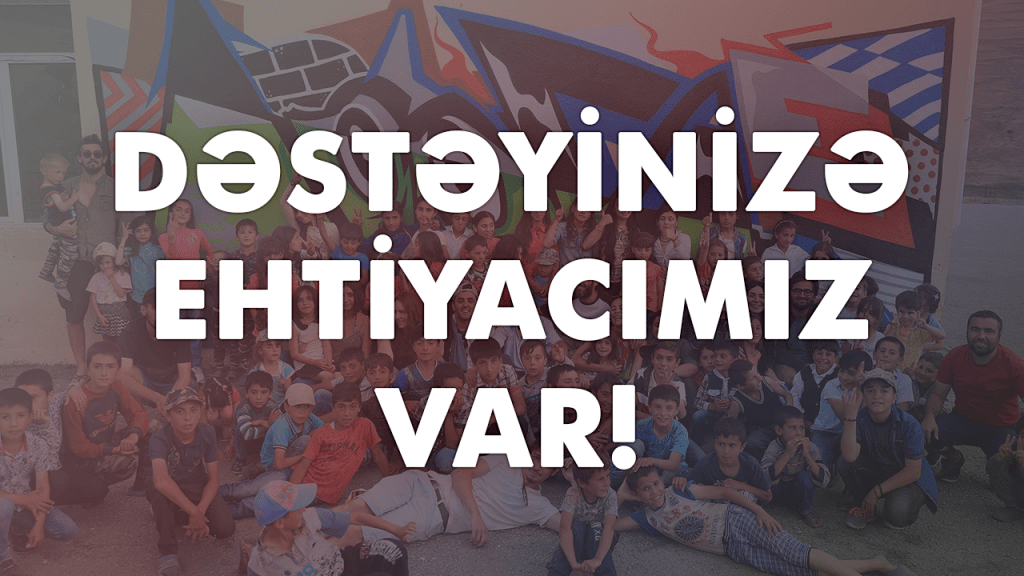Babi Badalov

Beginning his career as a prominent member of the 1990s independent art movement in St. Petersburg, Russia, Babi Badalov is one of the most compelling artists to come out of contemporary Azerbaijan. Born in Lerik and now based in Paris, France, Babi is known for his work as a poet as well as a visual artist specializing in installation and performance. In his time in St. Petersburg, he was one of the best-known artists involved with the Pushkinskaya 10 art space, which now operates as the Museum for Non-Conformist Art but was once home to a creative collective who developed the alternative art movement in the 1990s. The Pushkinskaya 10 group was known for their collaborative works that challenged the artistic establishment, and is now a legendary part of the city’s artistic history. Babi’s counter-culture sensibility from his time in St. Petersburg continues to permeate his work, and he champions social causes such as refugees and migration through his art projects by examining how languages – both mother tongues and adopted vocabularies – affect identity. Language is one of his main inspirations due to his upbringing in Talish, Azerbaijani, Russian and English, all of which show different aspects of and moments in his life and his travels as an artist; he highlights and combines words for dramatic effect to emphasize connections and confluences between different cultures and geographies. His use of language as an aesthetic tool reflects the influences that he has experienced in his various migrations to Russia, Turkey, the UK and now France, as he analyzes shifting syntax and alphabets in his work. His most well-known medium is what is termed ‘visual poetry,’ which consists of collages of images and text that together illustrate his own poetic verse used as the narrative basis for his work. He is also known for his creations of found items that have been discarded as trash – he refashions them as art object to encourage social commentary. His skill in illuminating the hidden stories of mundane items and prose continues to fascinate the global contemporary art world.
Babi’s work can be provocative, introspective and deeply poignant, which has led to his inclusion in various prominent group exhibitions around the world such as in Russia, Germany, Poland, Sweden, the United Kingdom, Austria, the United Arab Emirates, the USA and Ukraine, among many others. Significantly, his artwork was included in the 6th Moscow Biennial (2015), the 11th Gwangju (Korea) Biennial (2016) and the 4th Ural Industrial Biennial (2016). Also in 2016, he exhibited at the renown Palais de Tokyo museum in Paris, France with the massive site-specific installation ‘For the Wall for the World,’ which covered four walls in the museum gallery. The artwork consisted of fabric fragments inscribed with poetic interpretations and drawings of the socio-cultural landscape of Paris, a city home to a vast migrant population. His installation investigated the intersection of languages and people that happen in everyday life in the city, and through this work he presented his poetry as an immersive experience of the complexities of multiculturalism that define contemporary Paris. In 2017, he exhibited work as part of the group exhibition ‘Between the Sea and Mountains’ at Yay Gallery in Baku. The exhibition brought together significant emerging and established Azerbaijani conceptual artists in a dialogue that explored Azerbaijani identity as it is expressed on both a national and individual level. Babi’s piece again used language as a semantic lens through which to view shifting influences on Azerbaijani culture. In his fabric artwork, he used language and newly-created words as a visual tool to invite deeper exploration into how language and culture interact with each other. It is a reflective work, and one that requires introspection, a testament to Babi’s ongoing artistic explorations and fascinating practice.





















